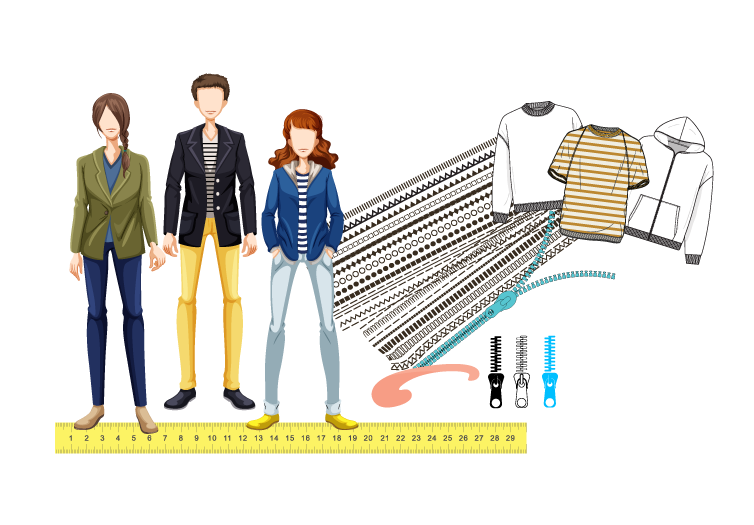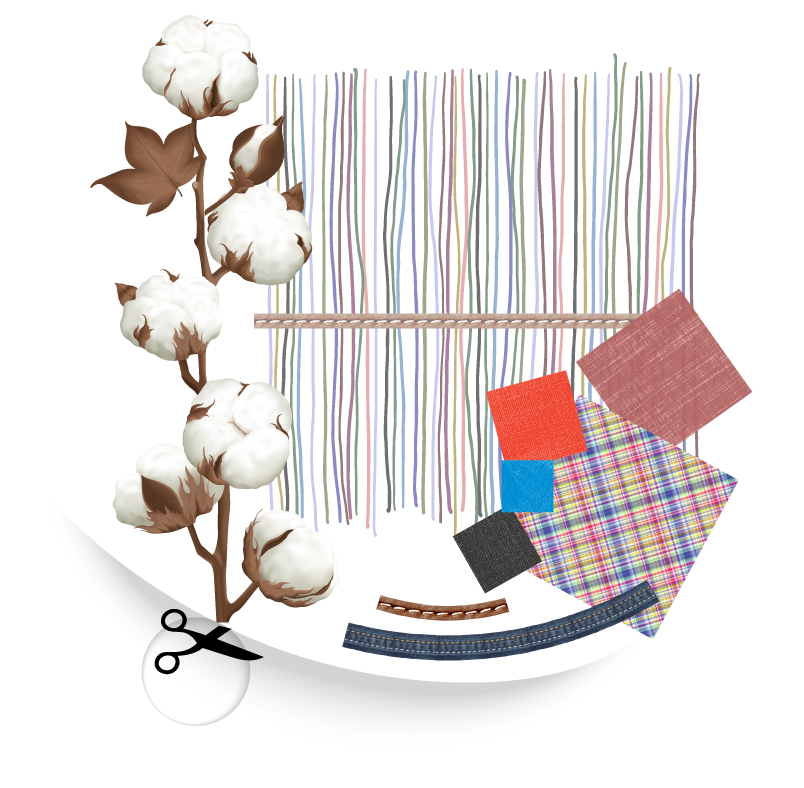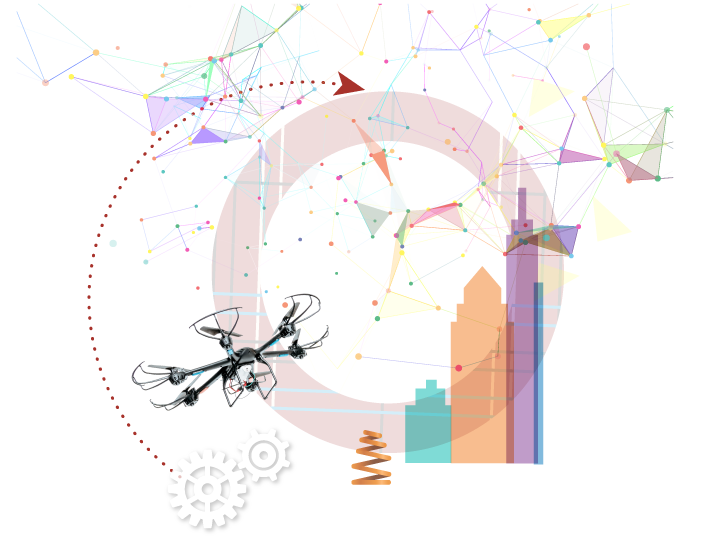Cultivation of Individual Agency
Cultivation of individual agency, which is what R@W learning is about, means enabling the learner to use their existing knowledge intuitively and self-reflectively. This leads to self-organization and realization of the student’s full potential.
To this end, R@W has established, and is in the process of improving, a system of methodologies that creates a favorable learning environment for learners to explore their own possibilities. This system is, using R@W terminology, a ripplework of strategies and actions for enabling the learner to observe, reflect, ponder, and test him- or herself in different learning roles and scenarios.
The ripplework is a pattern of interactions between the learner (self) and their surroundings – surroundings that include nature, society, and technology (NST). Individual agency (IA) is cultivated by means of the interactions and feedback loops (∞) between the self and their NST surroundings, which can be condensed to a formula:
IA => Self ∞ NST
These interactions are realized by the individual drive to learn particular topics or to learn by means of particular approaches. This drive—also referred to as intrinsic motivation—depends on individual interests, abilities, existing knowledge, curiosity, intuition, imagination, fondness for places or tools, concerns, etc. The interactions are a process of self-exploration, and there is no uniform strategy in terms of the learner’s motivation or of the order in which the steps of ideation (generation of ideas), research, experimentation, or trials must be done.
There are four learning dimensions that trigger the student’s engagement in the process of learning. They are a set of capabilities known as the 4Cs: critical thinking, communication, collaboration, and creativity.

The 4Cs Learning Dimensions in R@W
R@W views the 4Cs learning dimensions from the perspective of cultivating individual agency.
Therefore in R@W they are:
- Critical self-reflection;
- Multimodal communication;
- Interdisciplinary collaboration;
- Do-It-Yourself (DIY) creativity
These descriptions indicate a self-exploratory and self-defining approach to learning. R@W promotes the autonomy of learning, where students develop their own voices in deciding what they learn and how they undertake their learning. Students also engage in self-reflective activities so they can learn to see themselves through their interactions with others and improve their future conduct in accordance with the results of their self-reflection.
Production of Knowledge
The 4Cs dimensions are intertwined in all steps of the learning process, determining how they unfold. The R@W system of learning is greatly influenced by research and design processes. Both of them follow roughly the same sequence: identifying a problem => studying the literature or the market => collecting the data specific to a possible solution => experimenting => conclusion/final product.
In R@W, students may start their project by working on one problem but end up solving another. For example, a group of students began their learning project by looking at designing learning wear (different from school uniform) that is aesthetically pleasing and also comfortable for any kind of learning activity. But soon they realized that the comfort of the wear depends, to a large extent, on the quality of the fabric it is made from. The most comfortable fabric, the students learned, is made of organic fibers, which are breathable and gentle on the skin. But it can be expensive. Furthermore, natural fibers are much weaker and less durable than synthetic fibers, a factor that is very relevant considering how active school students are.
The curiosity and interest within the learning group shifted from designing learning wear to the question of how to invent fabric that is most suitable for learning wear— fabric that is affordable and comfortable for varied learning activities. The identification of a problem here was a result of the data collection, and not the other way around, as would traditionally be the case.
The subsequent stages of the process can be also ‘mixed-up’ compared to traditional approaches. Such a strategy is justified by the nature of the goal of the R@W learning project. The goal is not a conclusive answer to the initial question and not an invention—which, if happens, is most admirable—but compelling evidence of the knowledge acquired by the learners through their learning project, comprehensively presented in multimodal form.
To summarize, the R@W learning project is the production of knowledge that results in the demonstration of the knowledge produced.
There are two types of knowledge products that result from a R@W project: group and individual knowledge products. To know what they are, please browse these website pages, take a tour of the R@W world on Miro board, or enroll in the R@W_Pedagogy course.
An individual’s final outcome presents evidence of the development of the individual agency of the learner.
This is a unique individual unpacking of the formula: IA => Self ∞ NST
The interactions are always accompanied by feedback loops (Self ∞ NST), which operate through: critical self-reflection, multimodal communication, interdisciplinary collaboration, and DIY creativity.
Read about each learning dimension on their own pages of this website.


